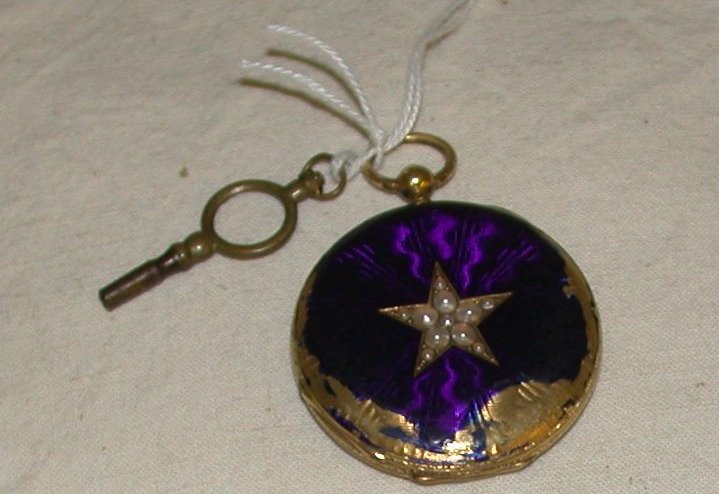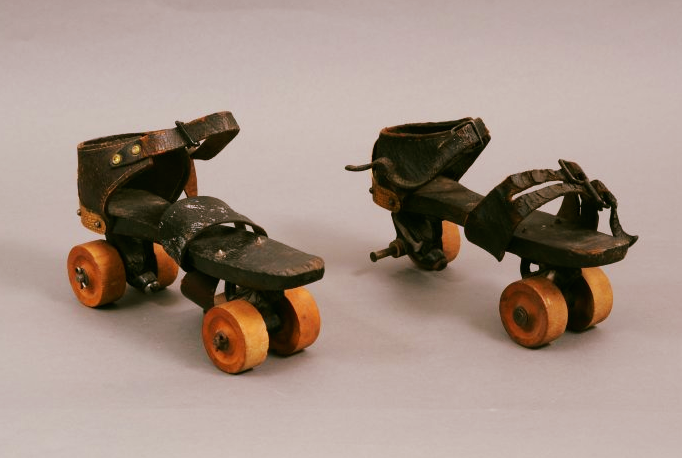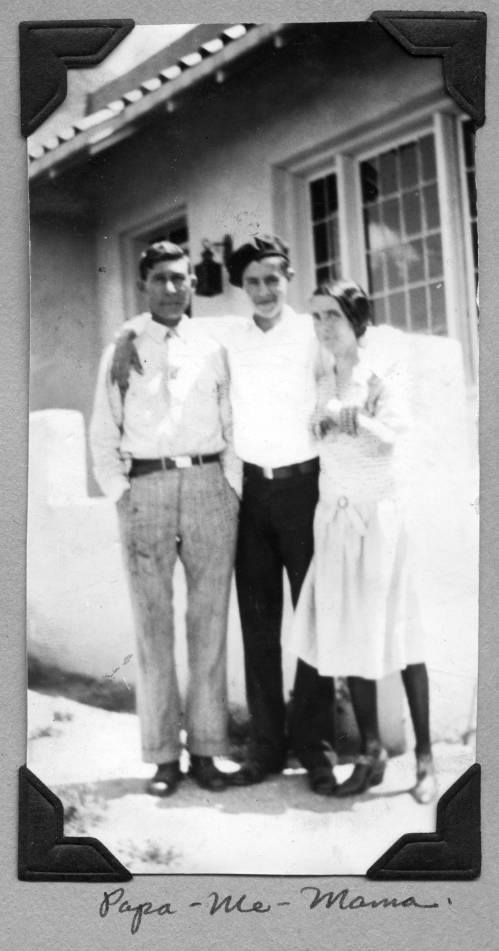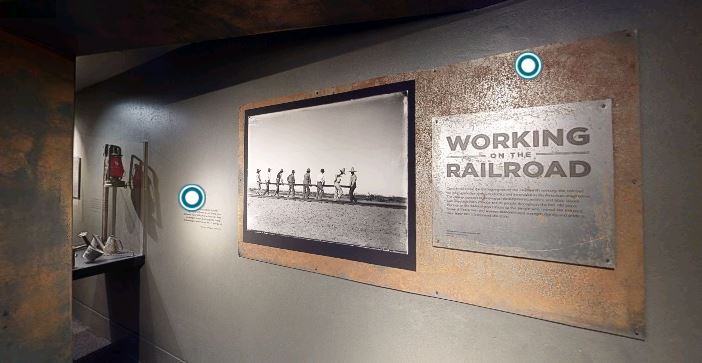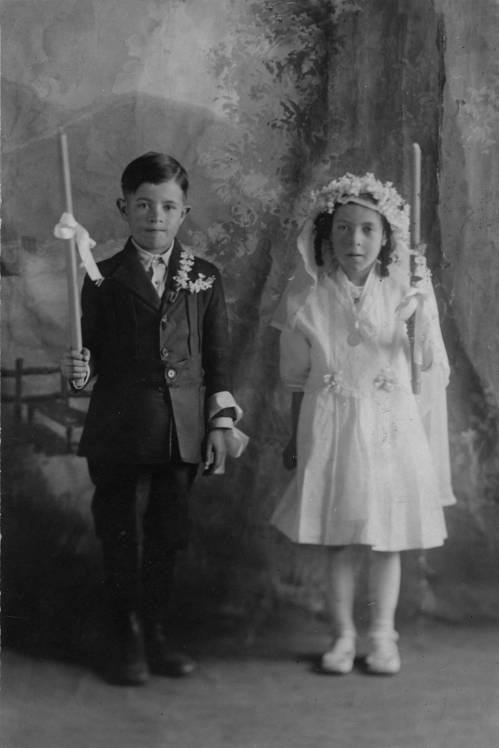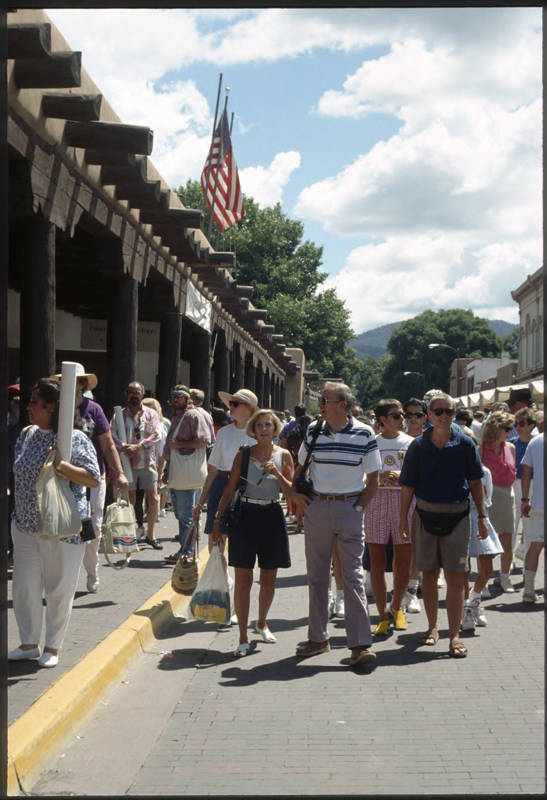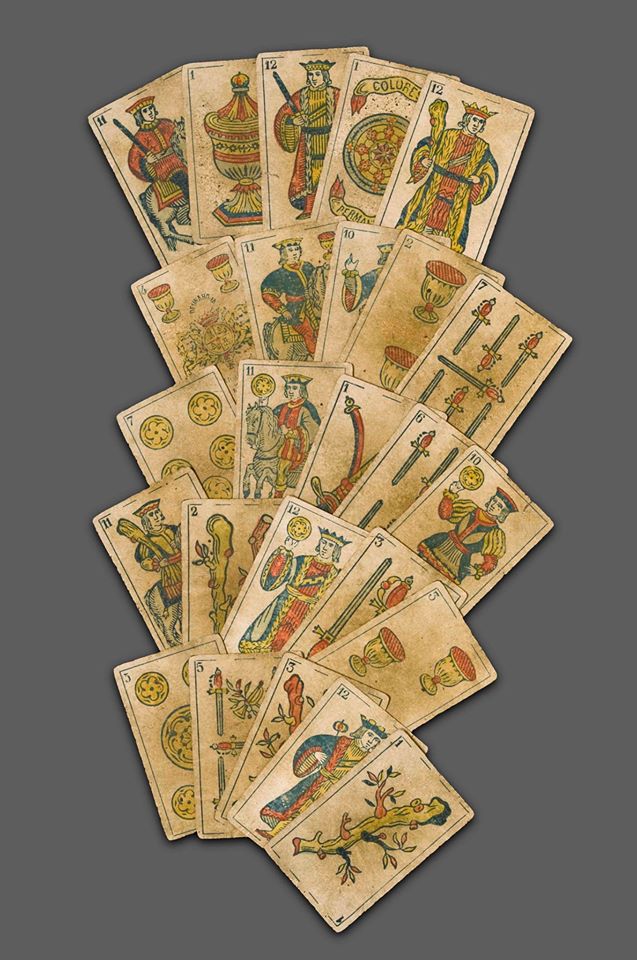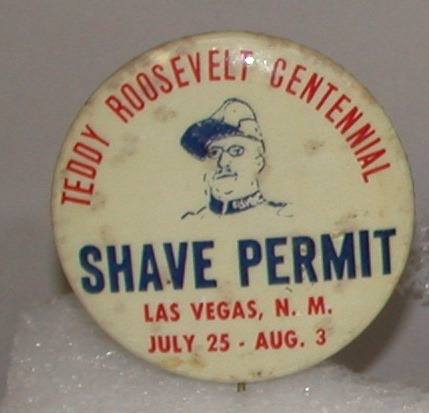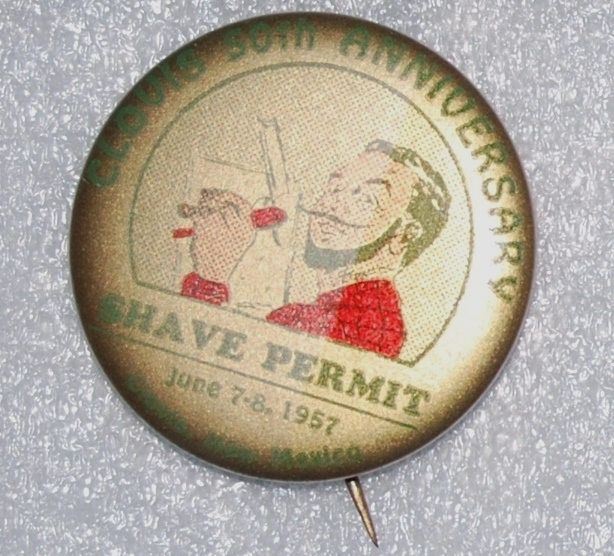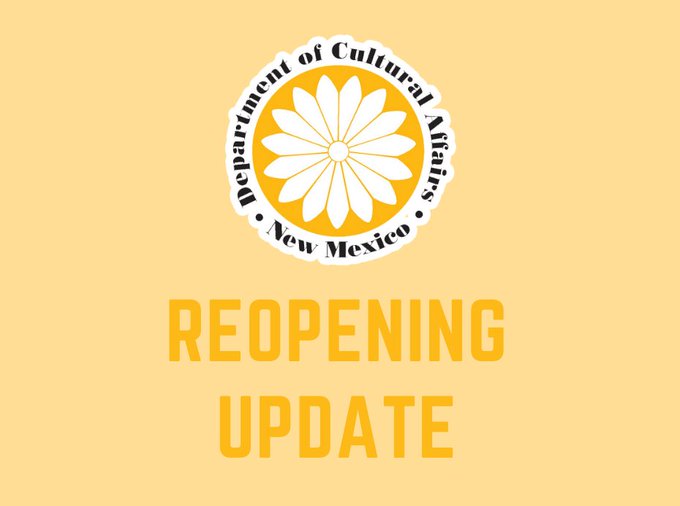
The New Mexico Department of Cultural Affairs looks forward to welcoming the public back to our museums and historic sites in the near future!
Please check our social media or our website often for an announcement regarding our reopening plans, and to continue exploring our online programs. In the meantime, we are working diligently to ensure the safety of our visitors and staff by preparing our facilities. We will see you soon!
You can Find the New Mexico History Museum’s social media offerings here: The Museum’s Youtube Channel, Twitter Profile and Facebook Page. The Palace of the Governors Photo Archive Facebook Page and Twitter Profile and the Chavez History Library’s Facebook Page


